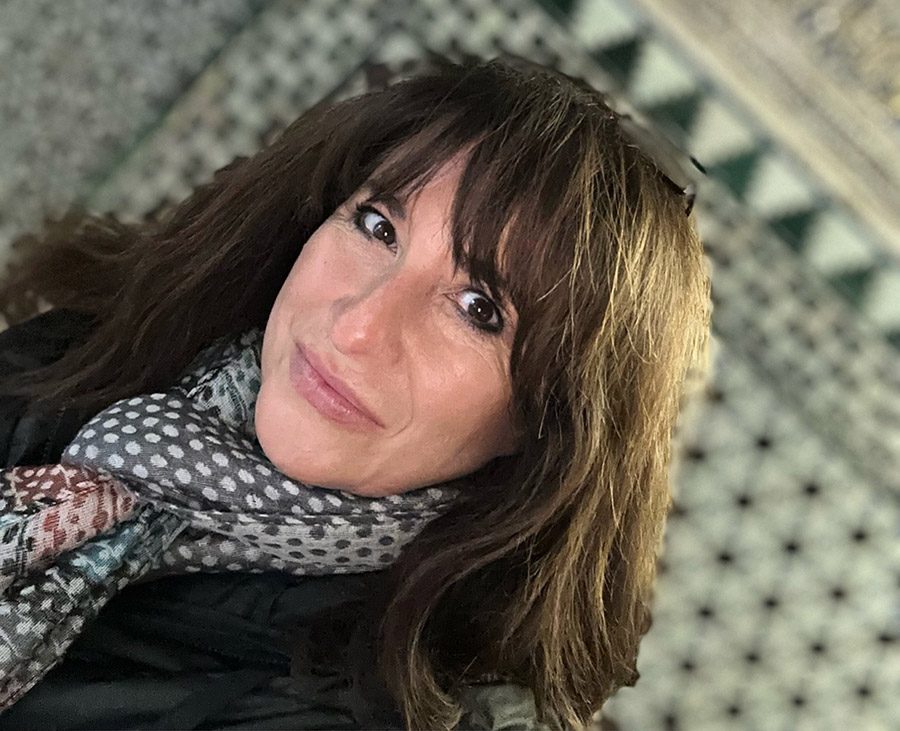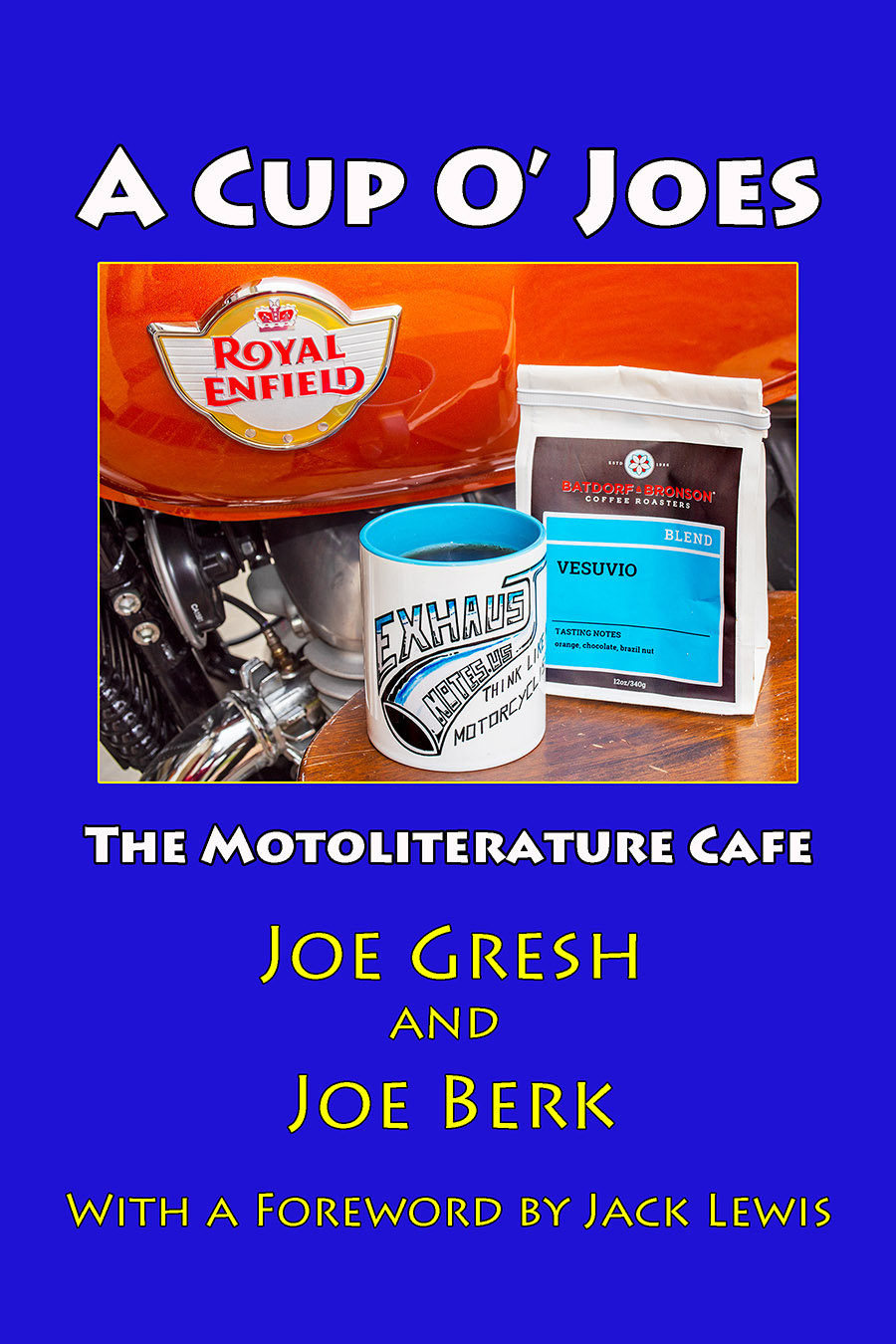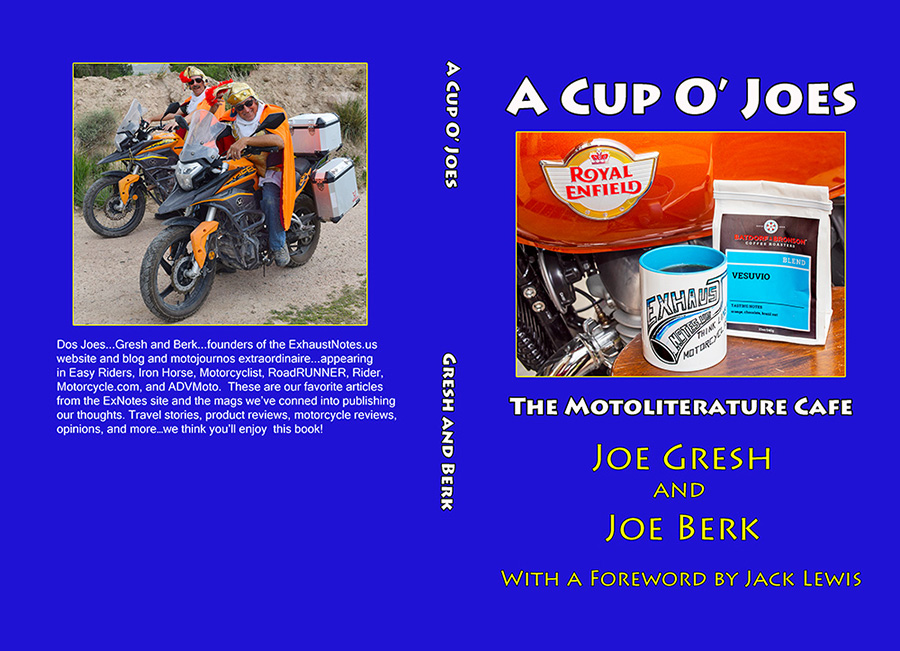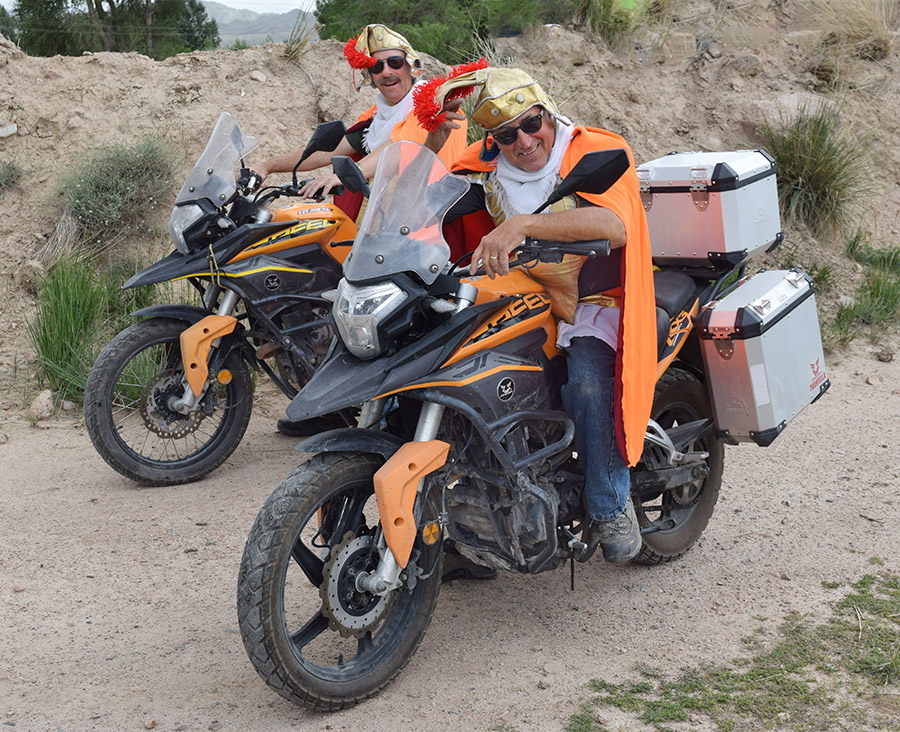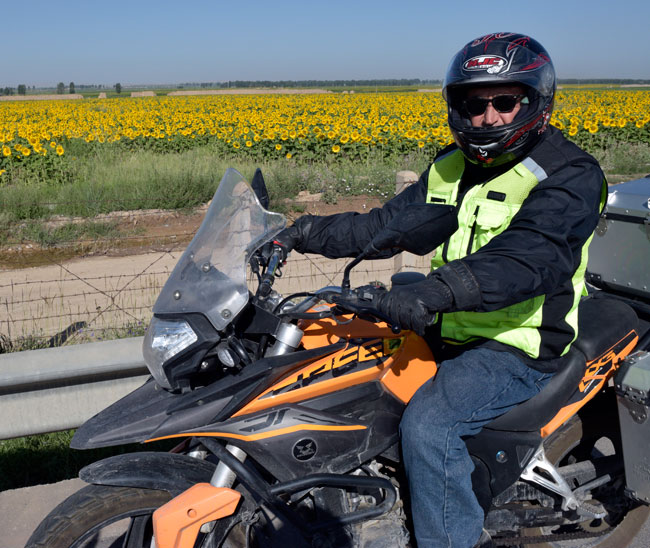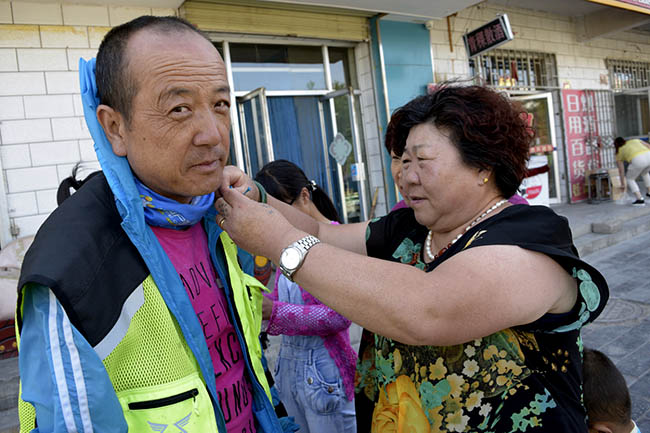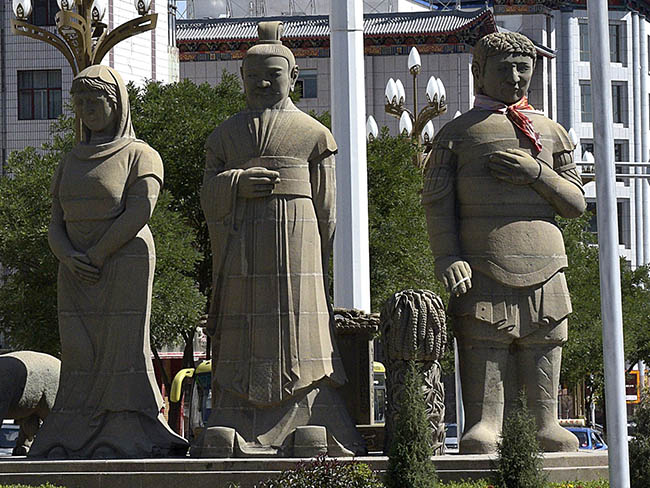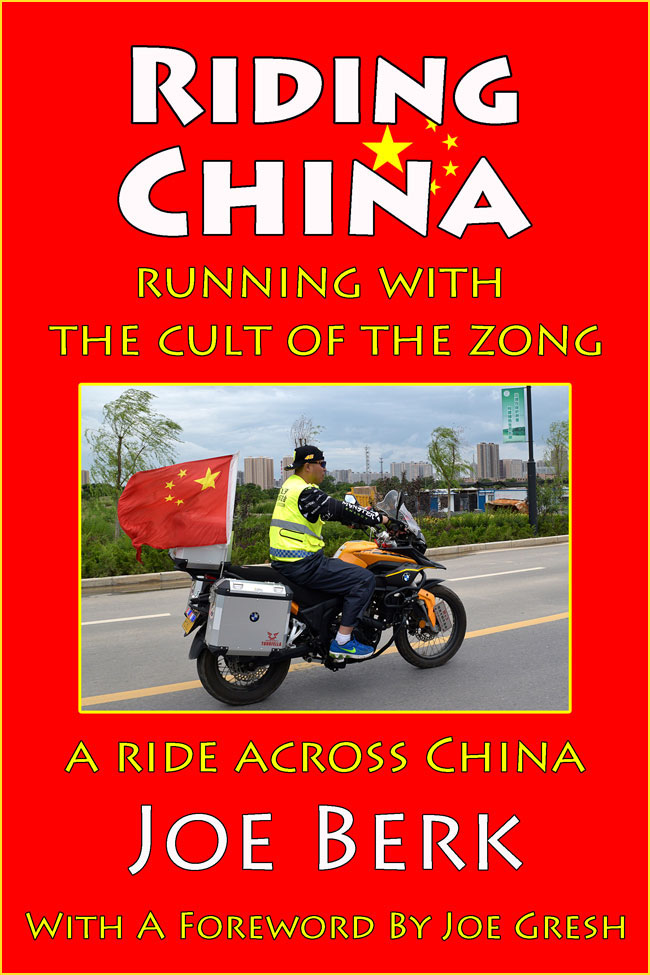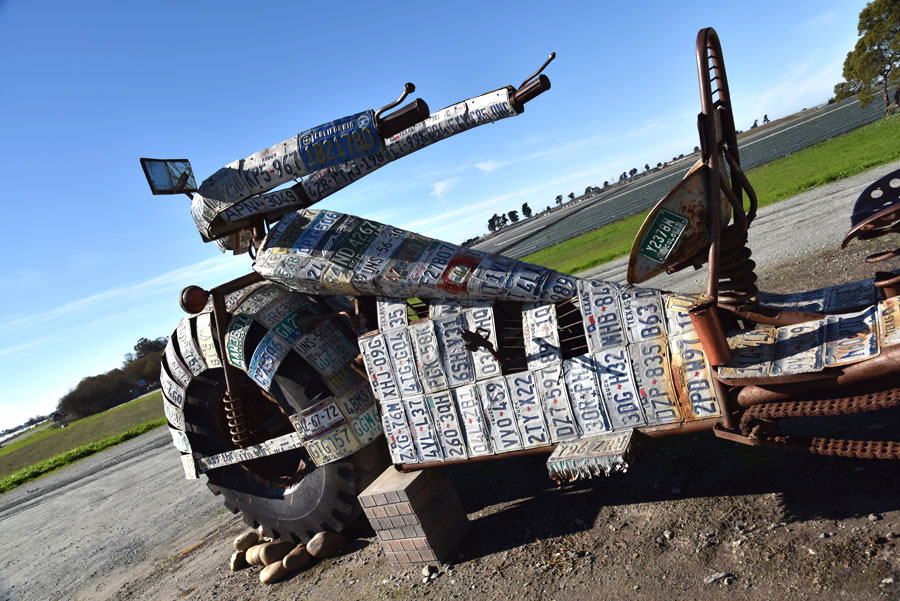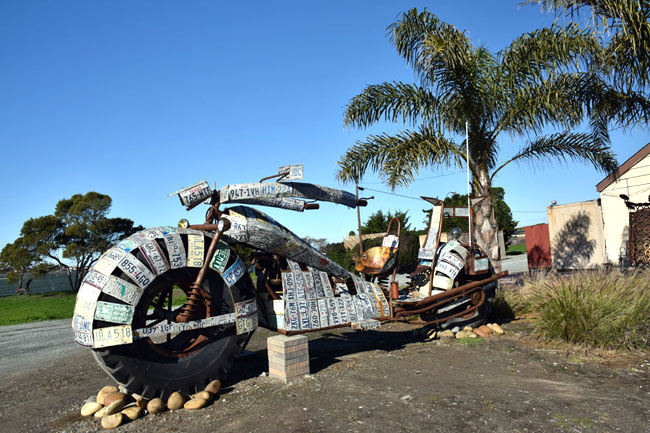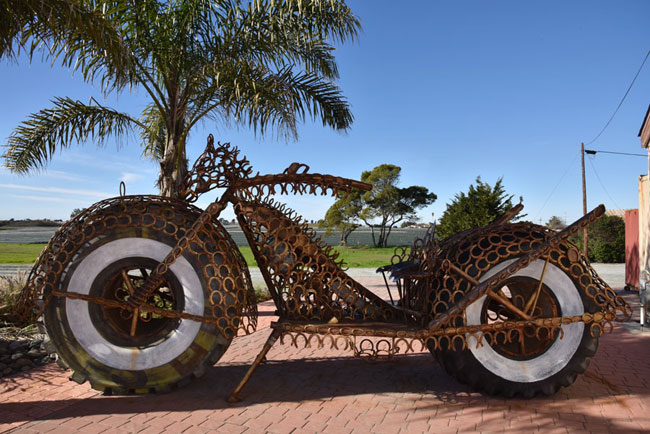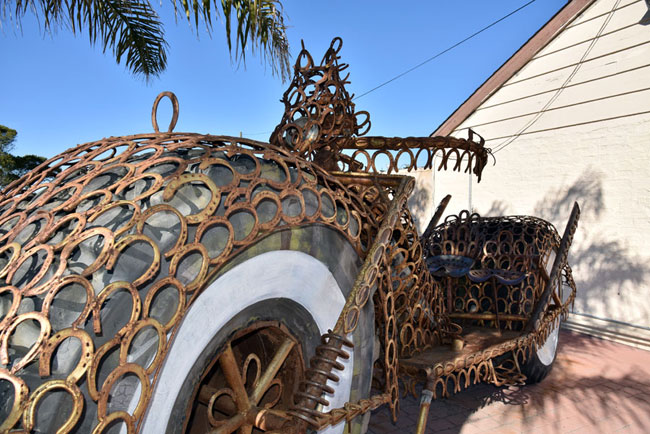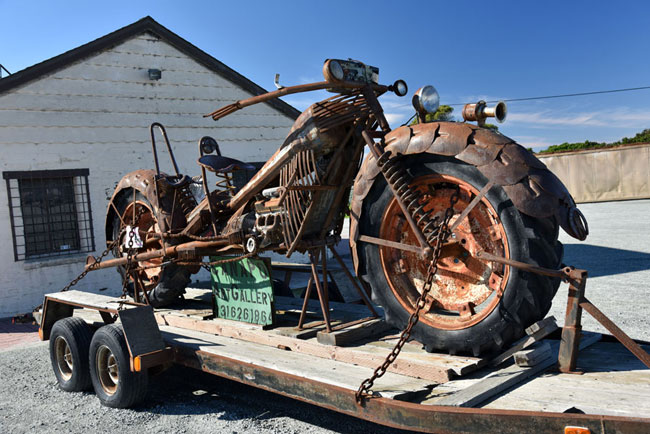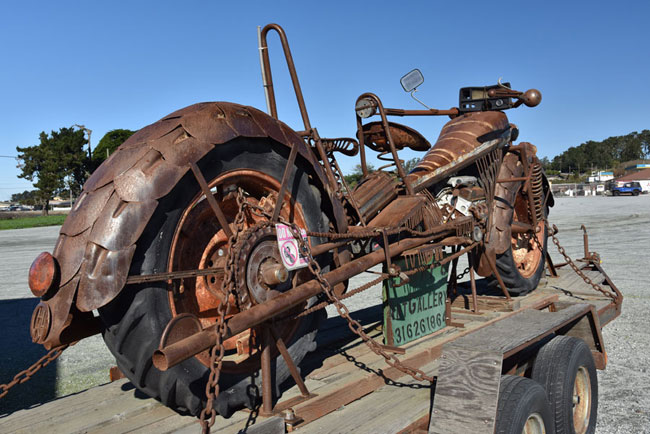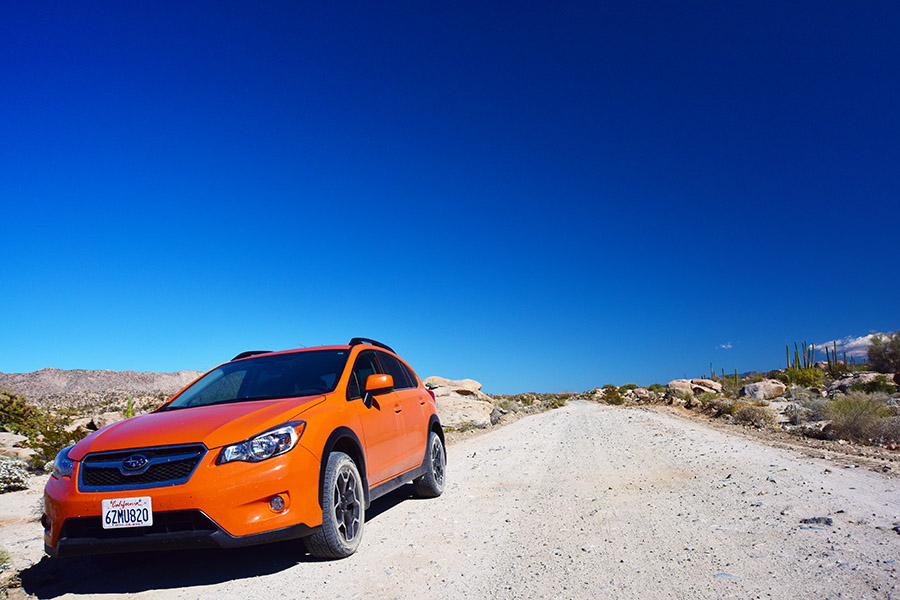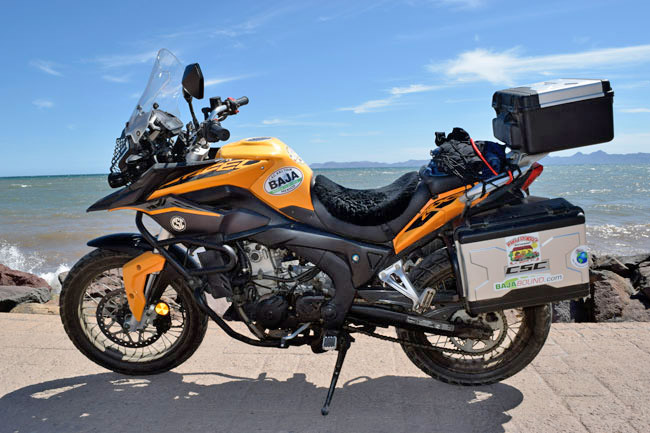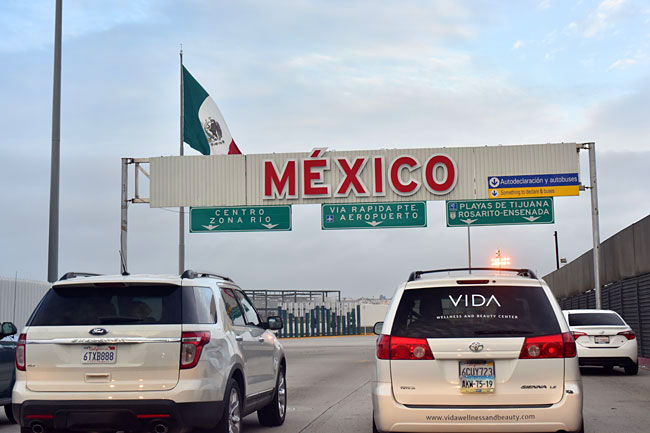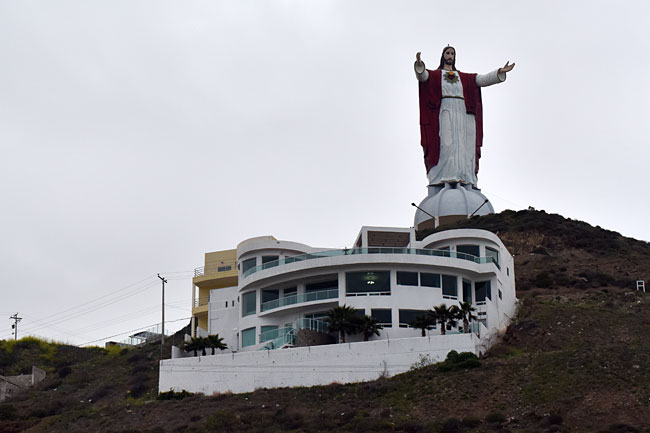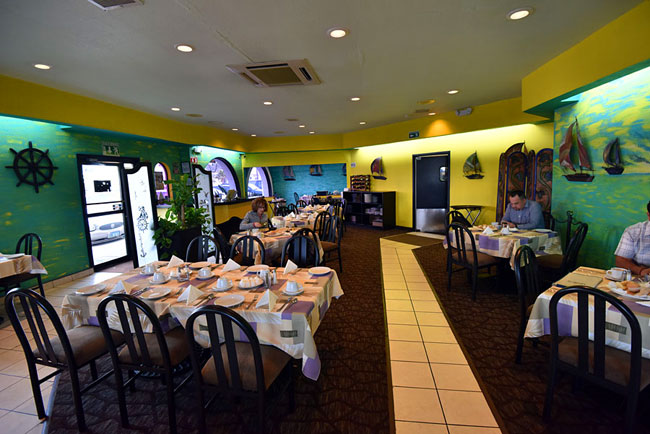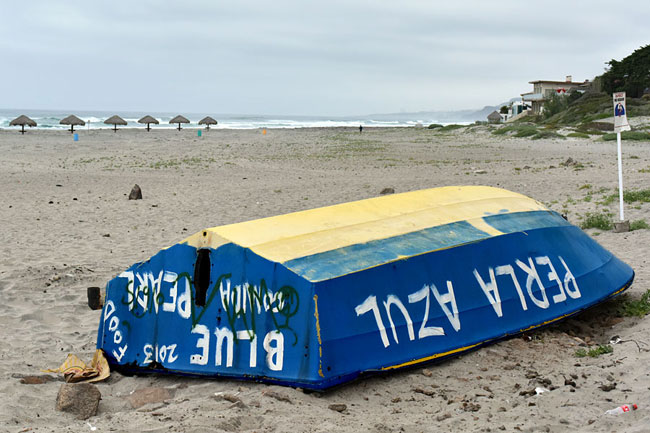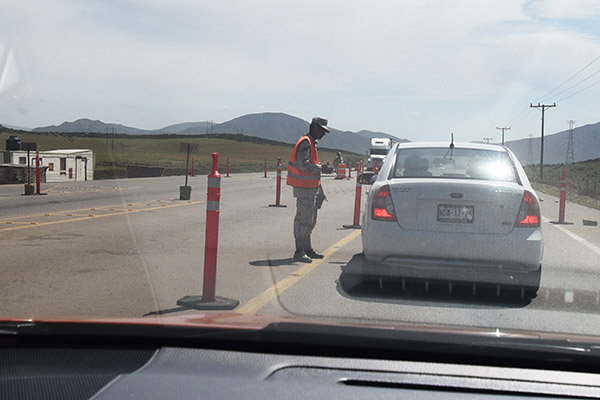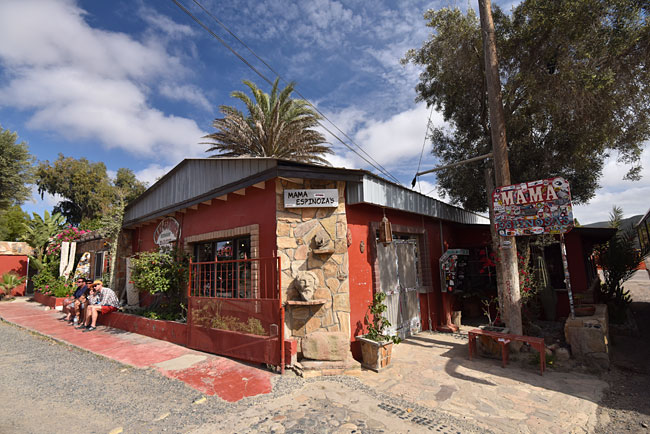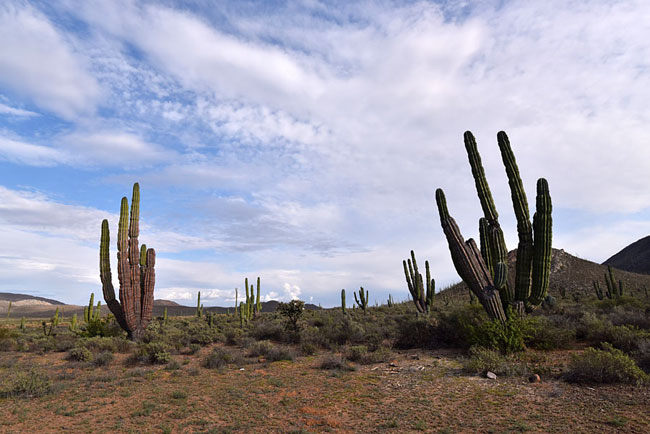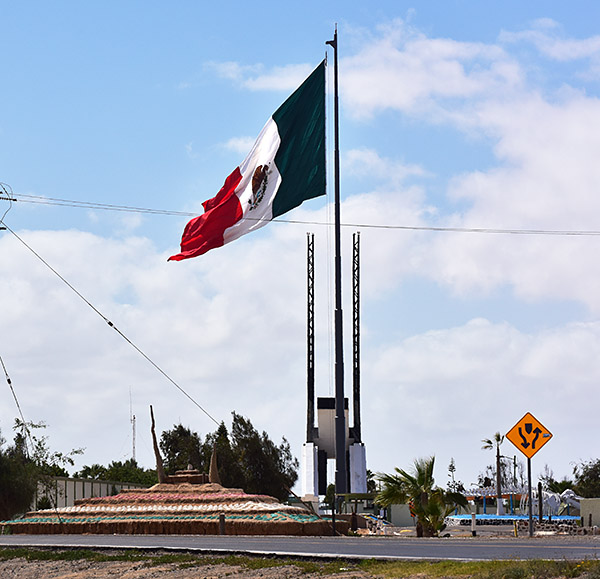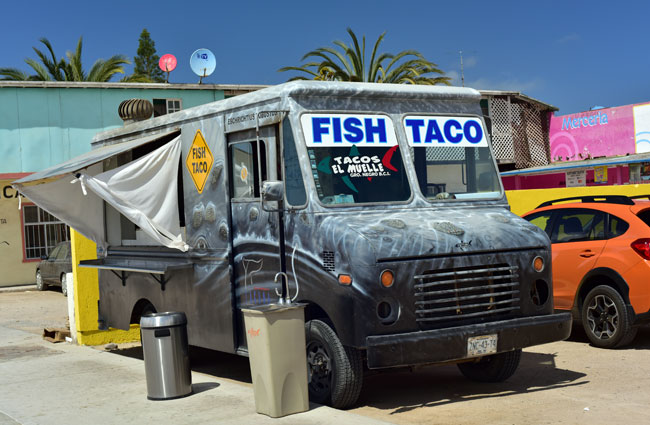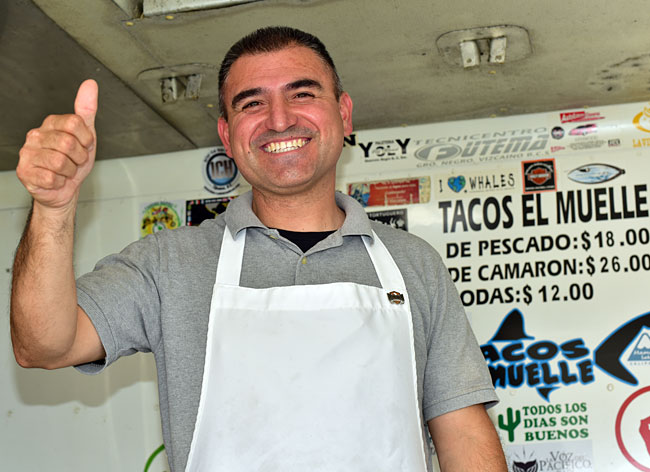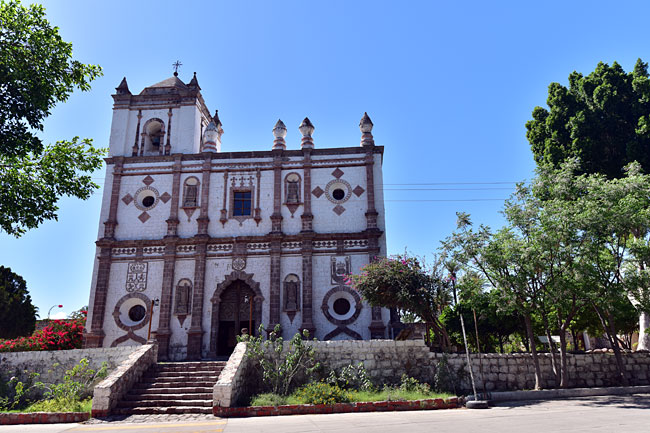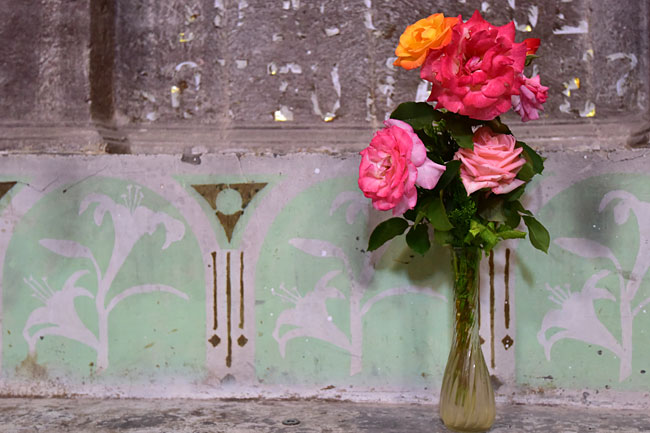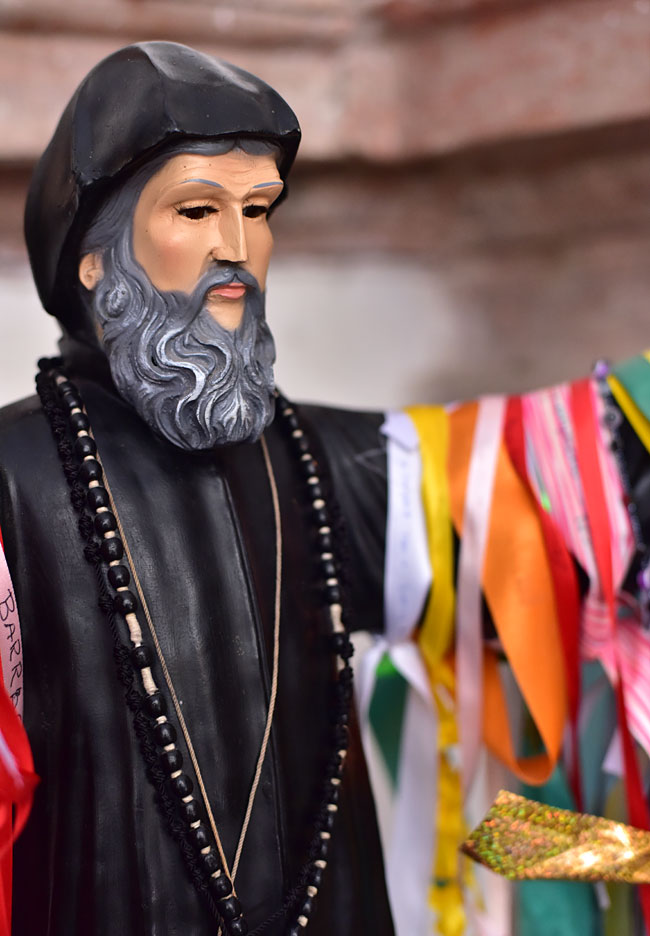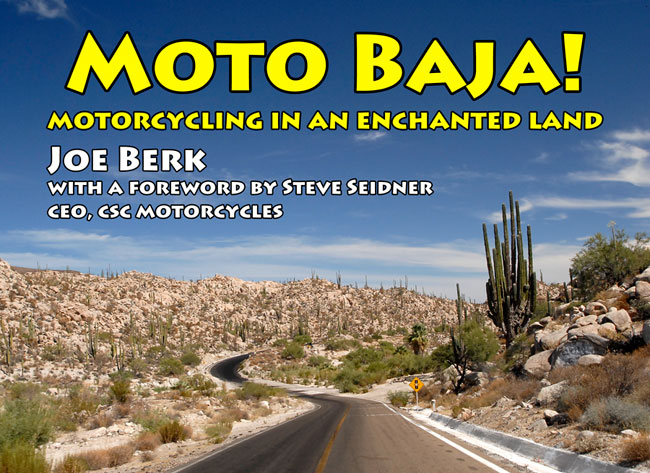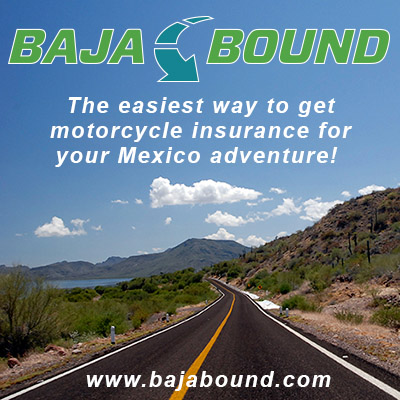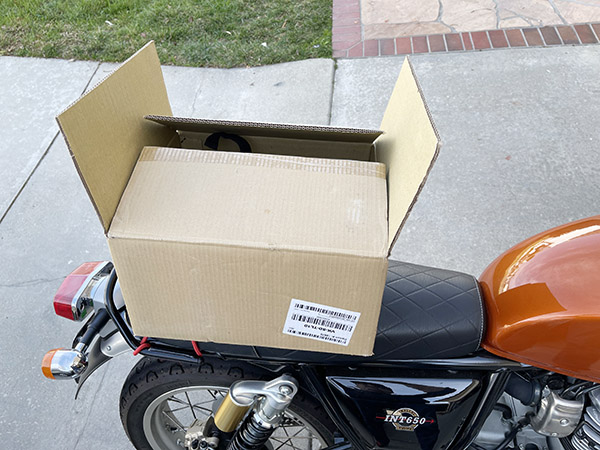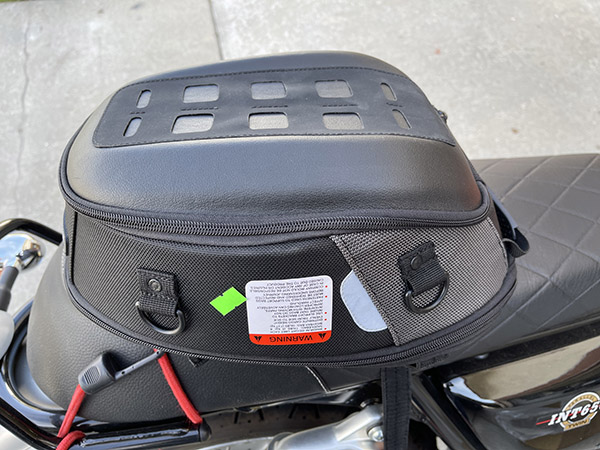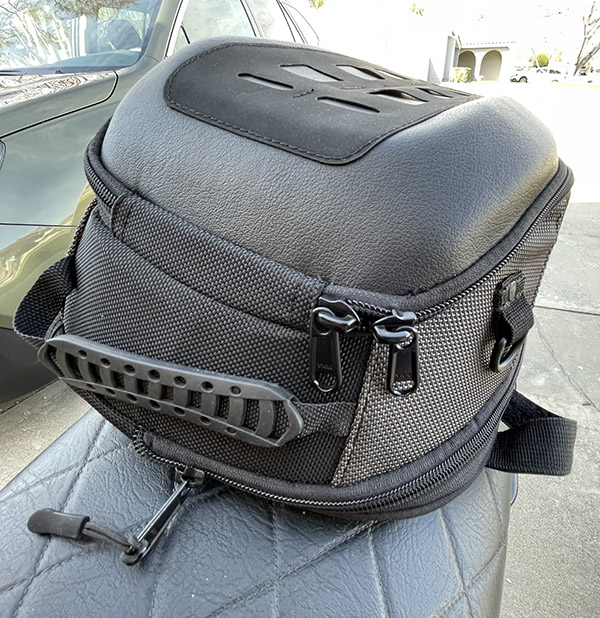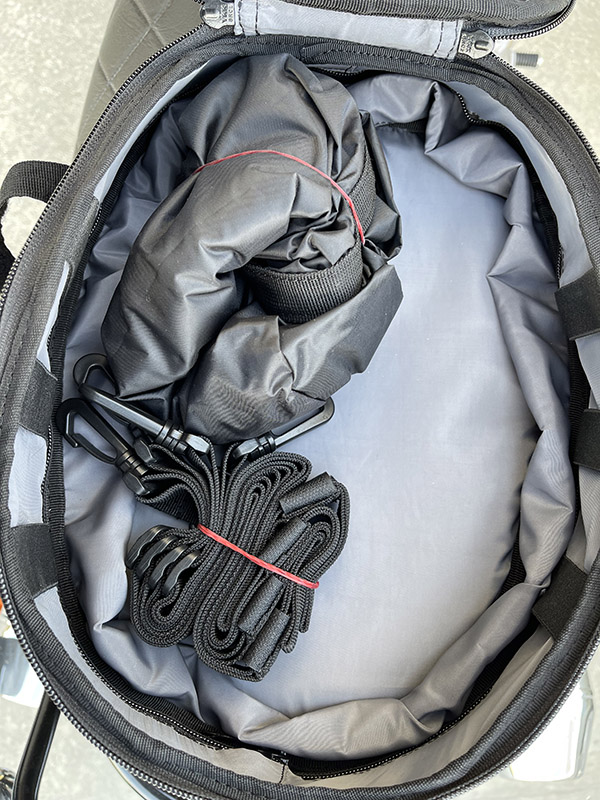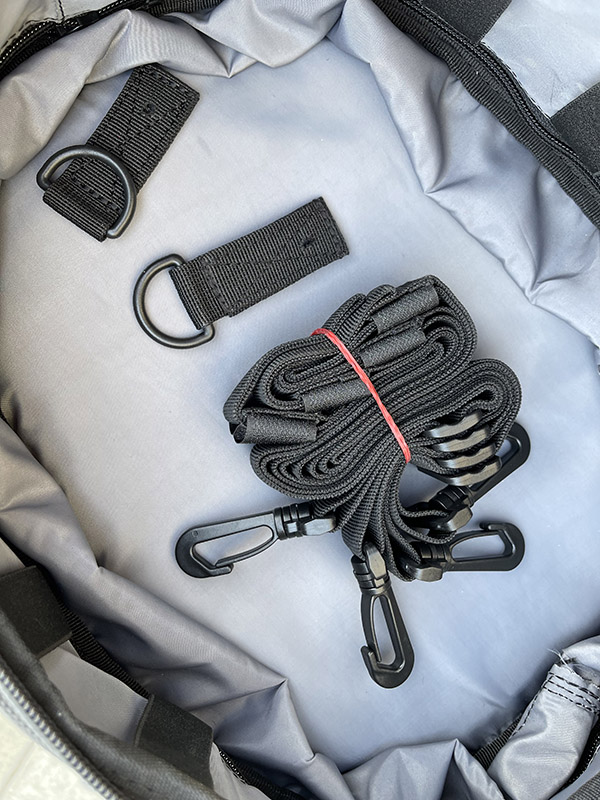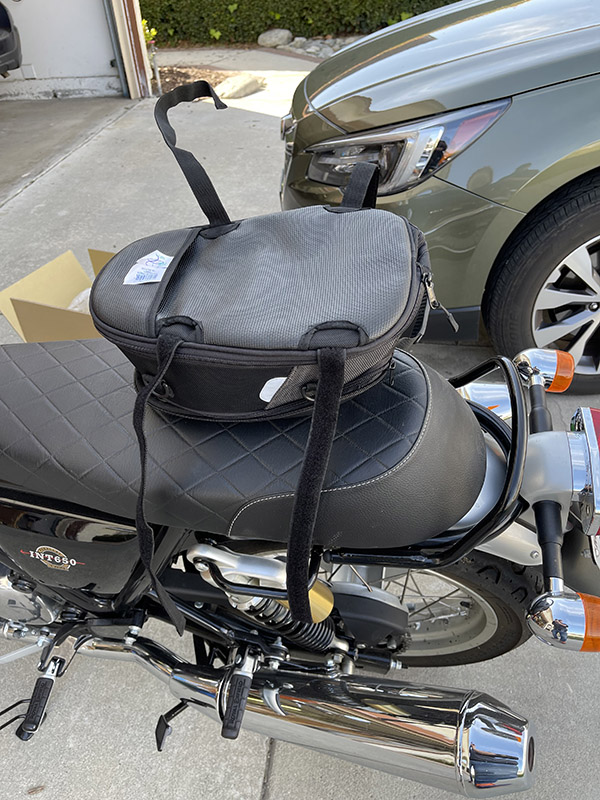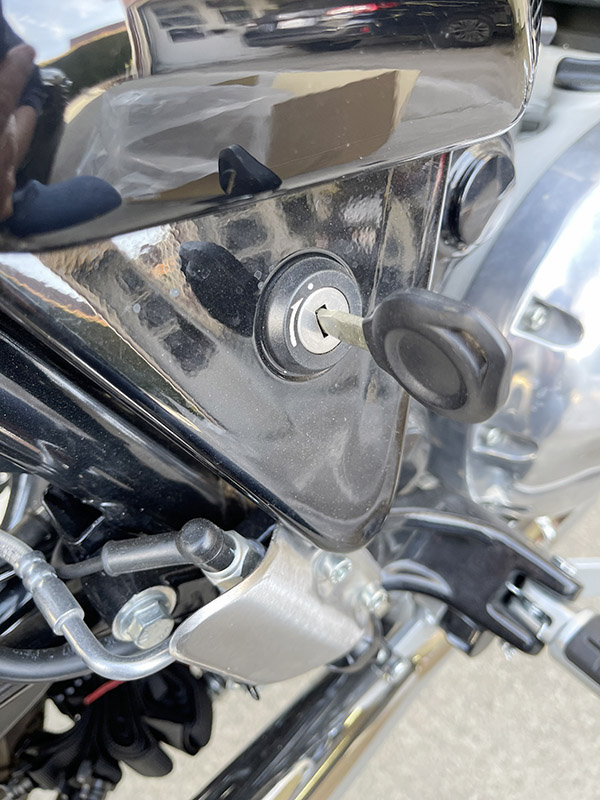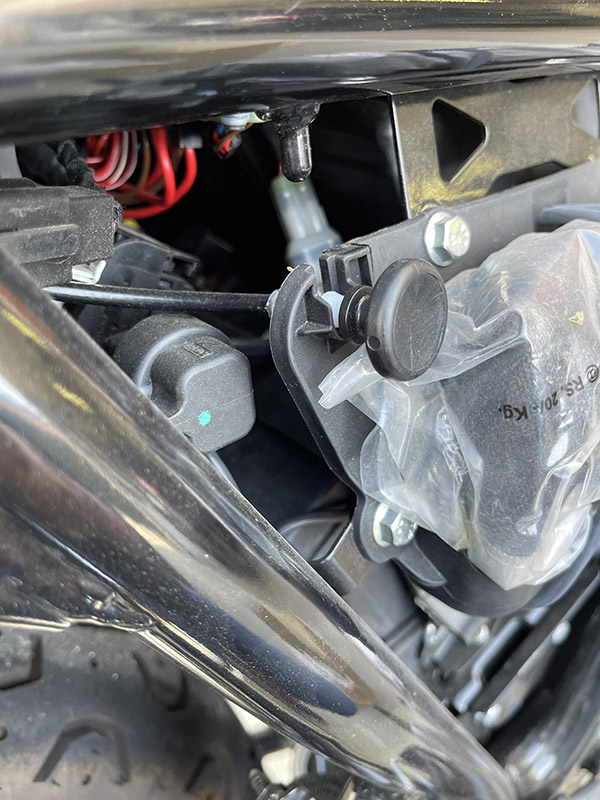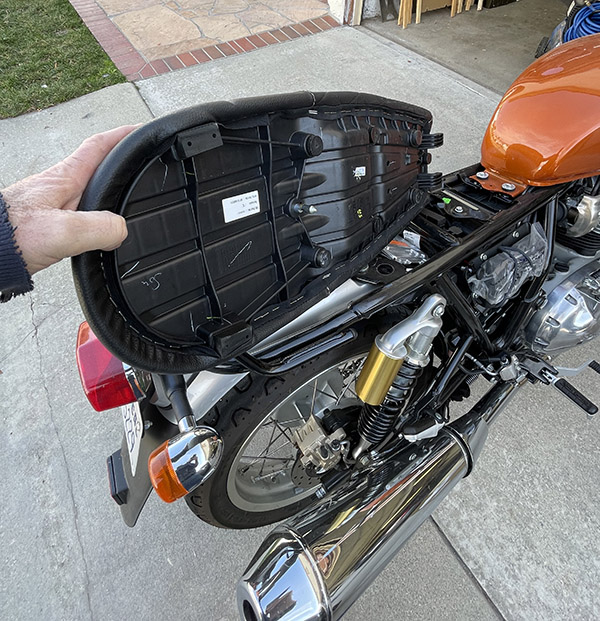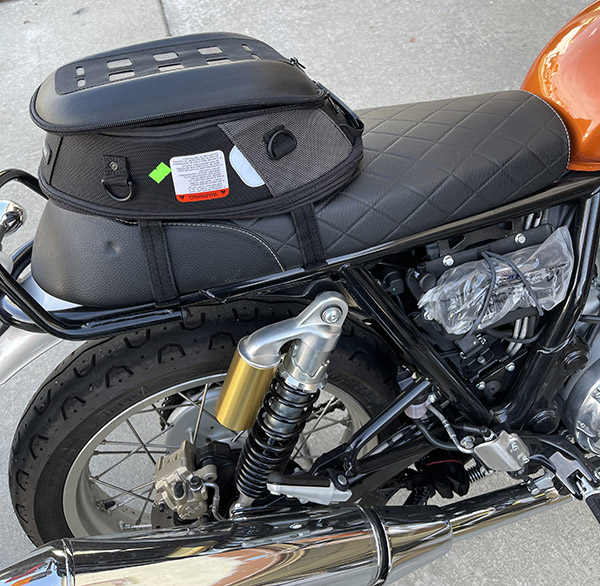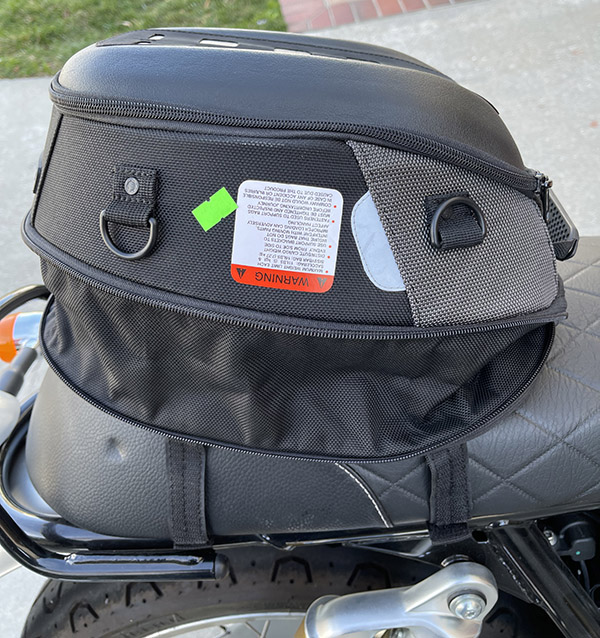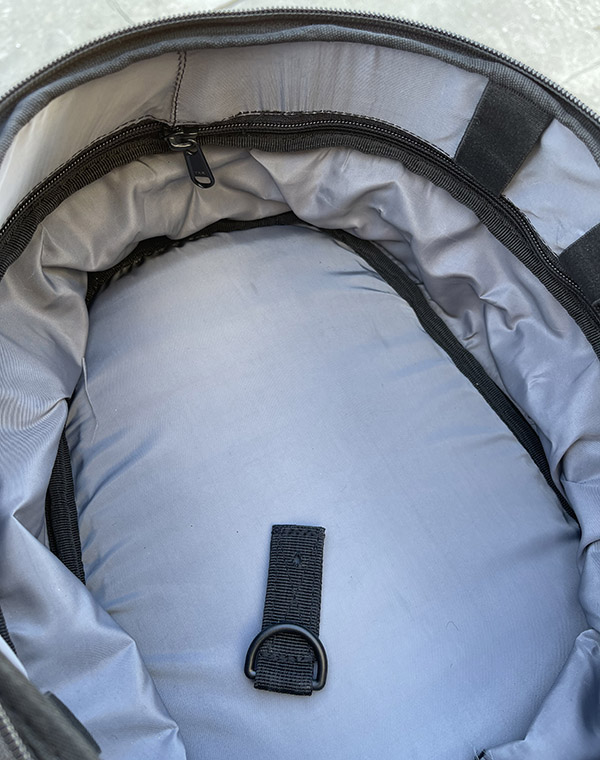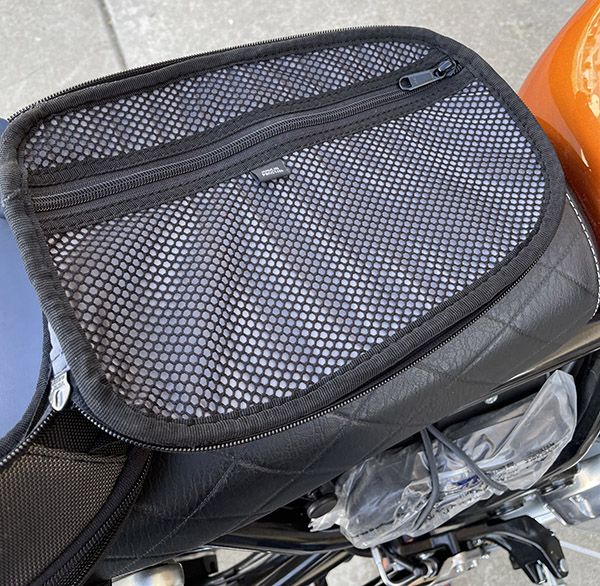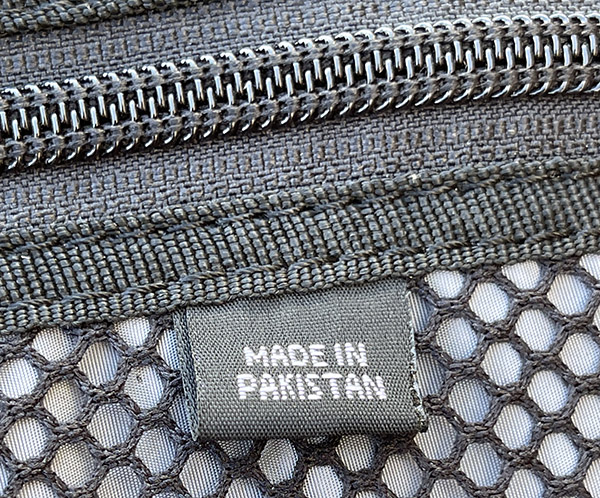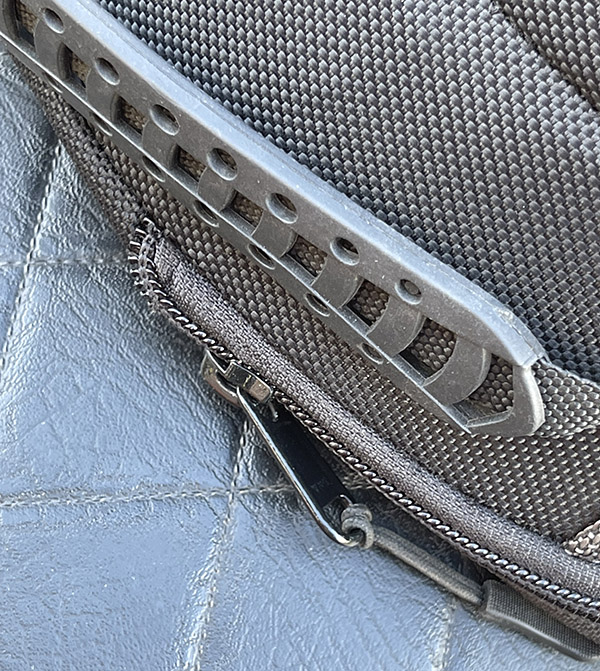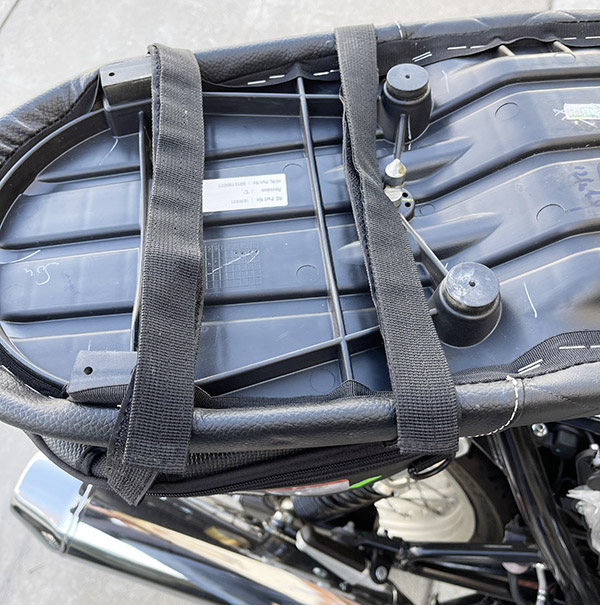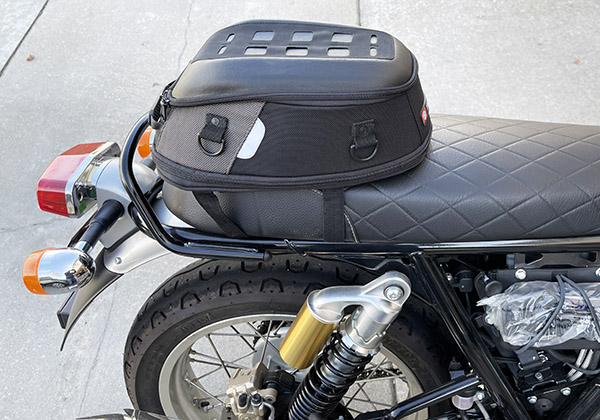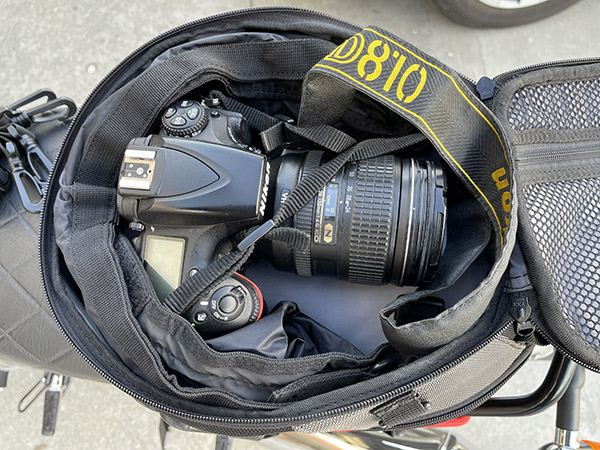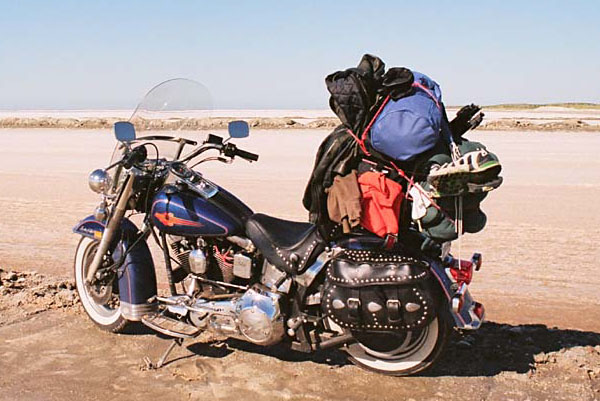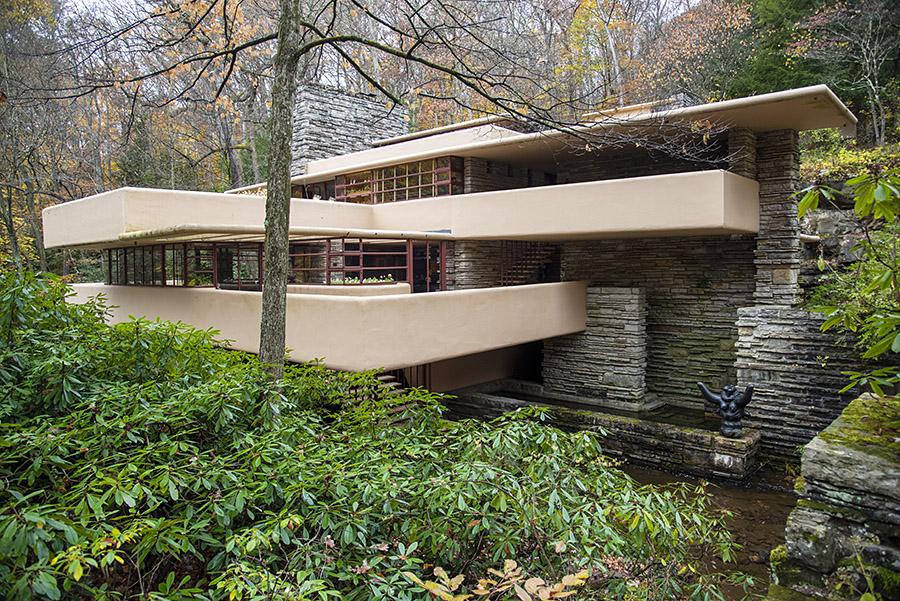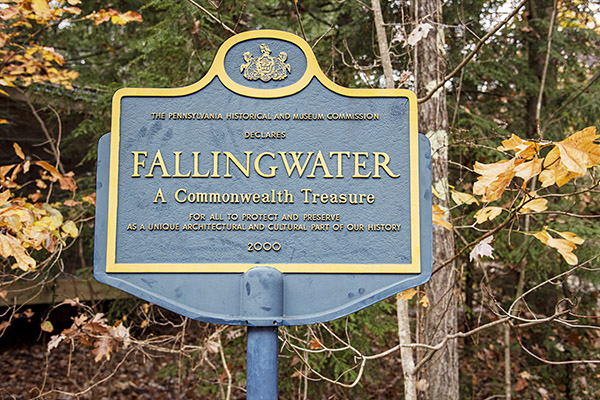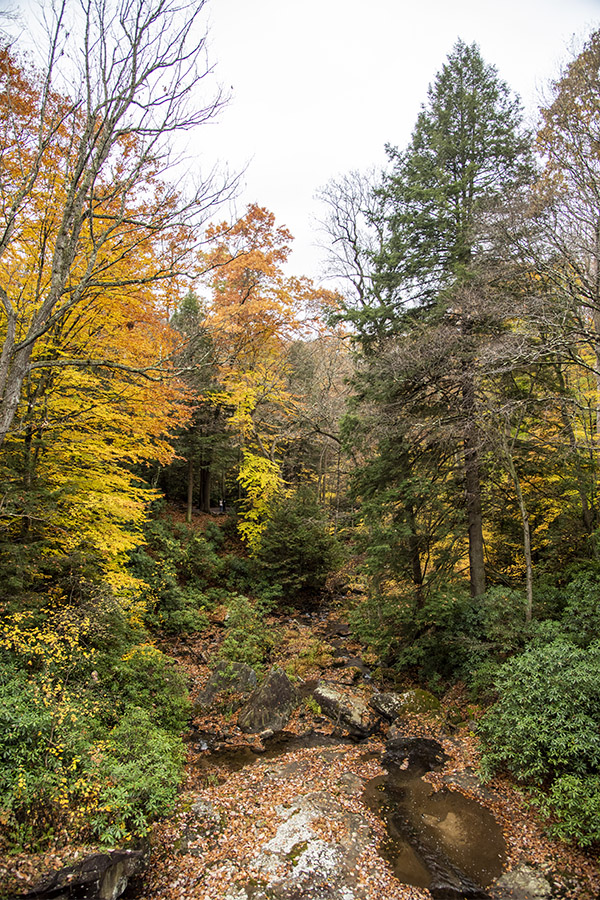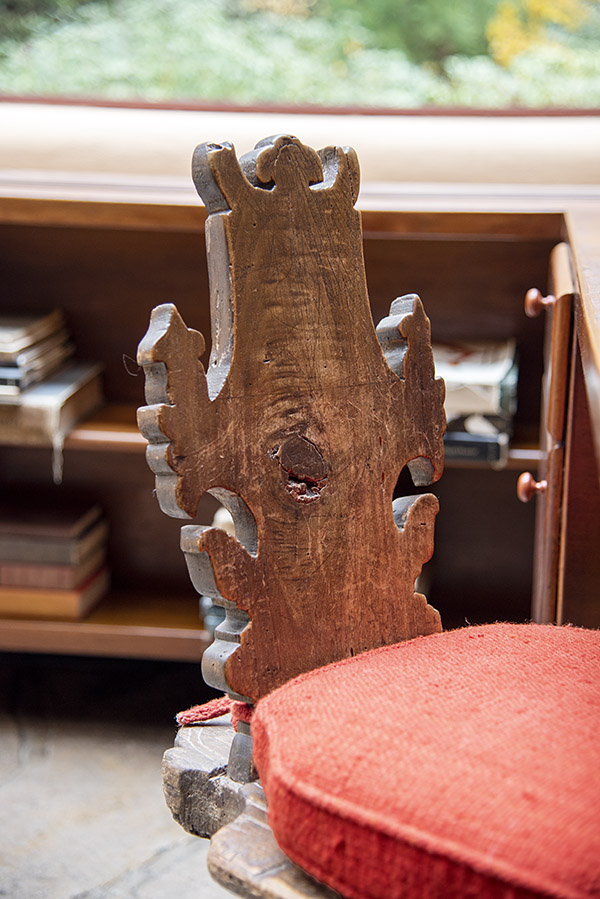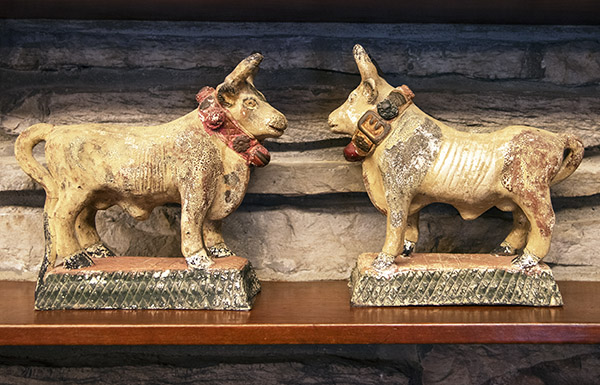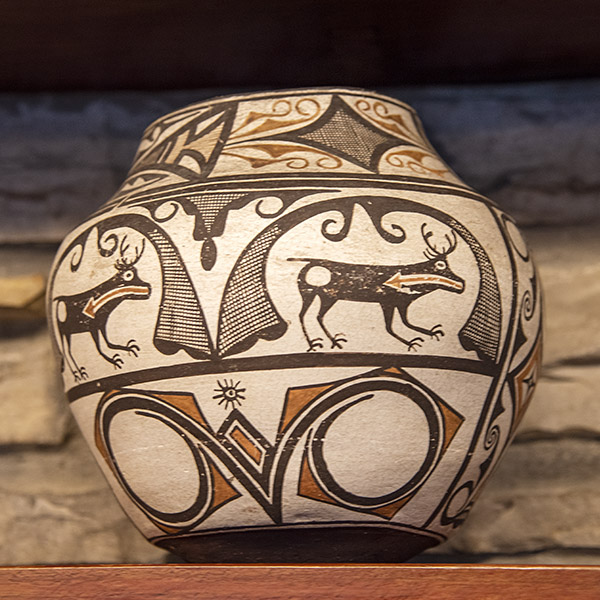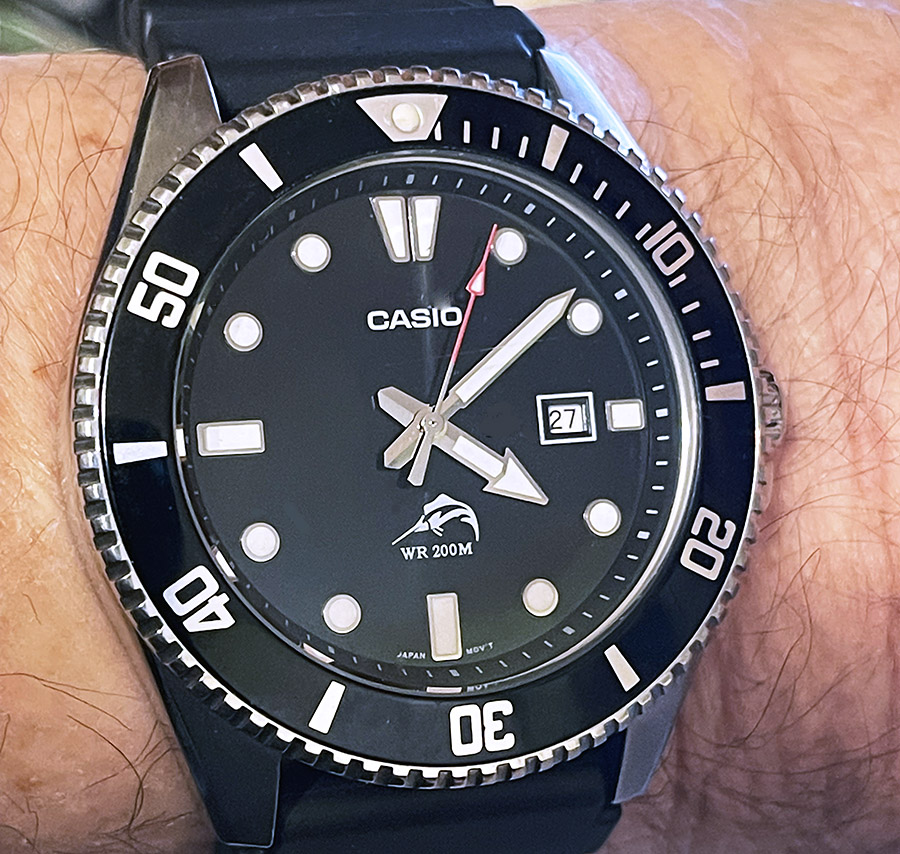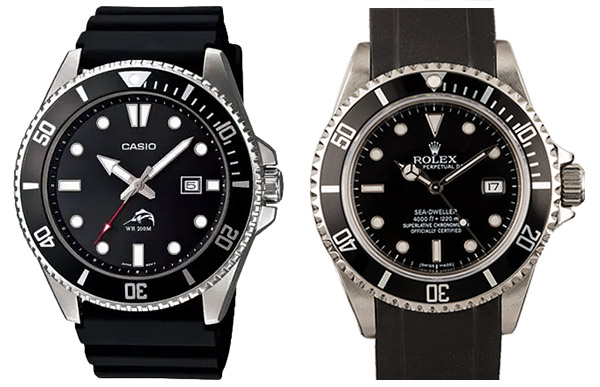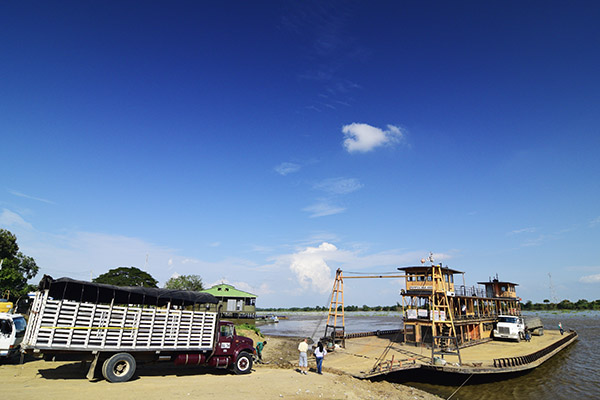By Bobbie Surber
Since I usually travel 50 percent of the year, I am frequently asked if I have an endless income stream or receive payments from dubious sources to afford this lifestyle. The answer is no to both. Many people need help understanding that traveling can be as cheap or cheaper as living your normal day-to-day life. This is especially true once choosing to travel outside the United States of America. This blog will cover the three most significant factors that keep expenses to a minimum: airfare, lodging, and packing. Before going any further on this topic, I will provide this disclaimer: If you like luxury travel, skip this blog post! To travel successfully and feel the true heartbeat of any location requires you to be one with the locals and travel very modestly.
Airfare
I’ve tried many search engines over the years and found Google Flights the best. Learn the basics, and if you use Chrome, add Chrome Extensions, as this will give you average leg distance for each flight.
Some general rules follow.
Book in advance. Generally, the earlier you book your tickets, the cheaper they will be. Booking at least 2-3 months in advance can help you find better deals.
Avoid peak travel times. For example, consider traveling in the spring and fall if your destination is Europe. Prices will be 30-70% less, and you benefit from fewer tourists than in the busy and often hot summer months.
Help us help you: Please click on the popup ads!
If traveling from the USA to Europe, don’t be focused on your final destination; instead, look into the least expensive port to fly into. Once in Europe, you can take an inexpensive local airline to your final destination. I often fly into Madrid, Spain, Frankfort, Germany, and Paris, France, spend a day sightseeing or revisiting favorite haunts, then the next day or two, I fly to my final destination. Ryan Air, Vueling, Easy Jet are the three I fly the most often.
Be flexible with your travel dates. If you have some flexibility in your travel dates, you can compare prices across different days and choose the cheapest option. Google Flights calendar will let you see the prices daily, allowing you to modify the departure and return date for the most significant savings. Pop-up suggestions from Google will give you different dates and/or a less expensive nearby airport.
Consider alternative airports. Flying in and out of smaller or alternative airports is often cheaper than flying into major airports. I live in Sedona, Arizona, and my saved airports are Phoenix, AZ, Tucson, AZ, Albuquerque, NM, and Las Vegas, NV. I have often found tickets that are hundreds of dollars less leaving out of LAX as well.
Sign up for airline newsletters. Airlines often send out promotions and discounts to their email subscribers, so signing up for their newsletters can be an excellent way to stay informed.
Use reward points or miles. If you have reward points or miles from a frequent flyer program, you can use them to offset the cost of your ticket. Also, get an Airline credit card that pays you in travel miles and awards for everyday purchases.
Lodging
If traveling alone, consider staying in a hostel. Many have private rooms that are less expensive than a hotel. Especially in Europe and Asia, hostels are for more than just the youth. You can easily filter out hostels that cater to the party crowd.
Consider alternative accommodation options. Instead of booking a traditional hotel room, be open to alternative options such as vacation rentals, Home Exchange, Couch Surfing, or Bed and Breakfasts. These can often be cheaper and offer a unique experience. My favorite booking sites are Booking.com, HostelWorld.com, And Airbnb. When in Europe, I like Momondo.com

Avoid staying in tourist neighborhoods. Often, I can save 50% by selecting lodging a short walk away from the tourist areas with the added benefit of seeing and interacting with more locals.
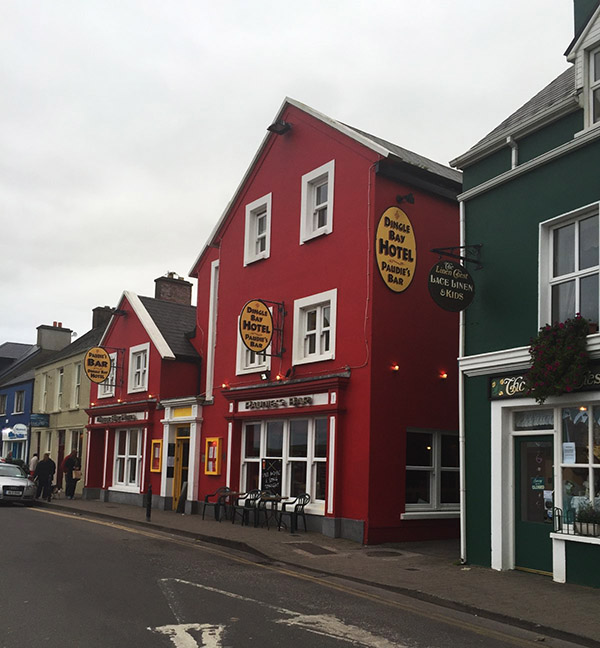
Book in advance. Like airline tickets, booking your hotel can help you find better deals. Hotels often offer discounts for early bookings. A disclaimer, If you want a more extended trip, don’t box yourself in by booking every portion of your travels; consider booking the first three nights when possible. This will allow you to adjust your itinerary and avoid cancelation fees.
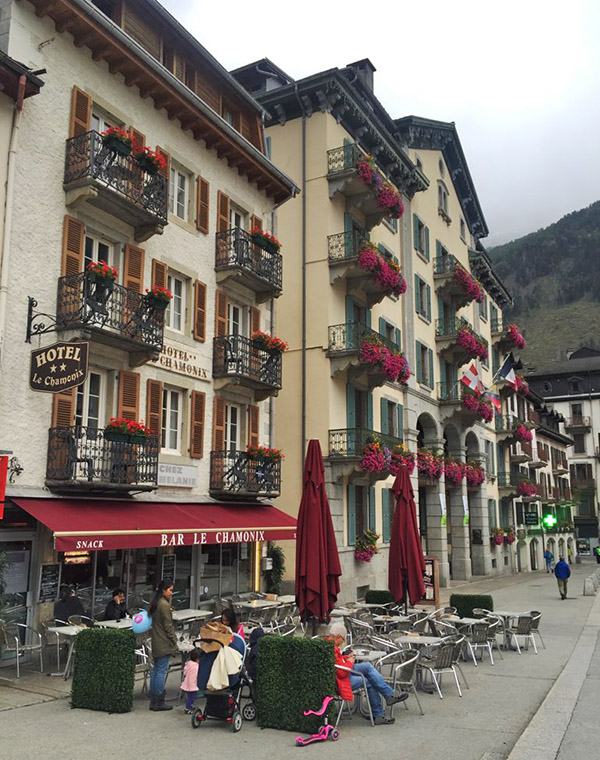
Sign up for hotel loyalty programs. Many hotel chains offer loyalty programs that can provide you with discounts, free upgrades, and other perks.
Travel during off-peak times. Like airline tickets, traveling during off-peak times can often result in lower hotel prices.
Use credit card rewards. Some credit cards offer rewards points or cashback for hotel bookings. Check to see if your credit card has any rewards programs that can be used for hotels.
Negotiate directly with the hotel. Try negotiating the price if you book a hotel room. Sometimes hotels will be willing to offer a discount if you ask.
Packing: Why It’s Crucial
Packing lightly for travel is a great way to save time, money and reduce stress. You will also avoid paying check-in luggage fees, avoid lost luggage, and have far more freedom to choose buses and trains for transportation rather than expensive taxis.
Here are a few strategies that I find helpful.
Make a packing list. Before you start packing, list all the items you must bring. This will help you avoid overpacking and ensure that you remember everything necessary.
Choose the right luggage. Use a lightweight, durable suitcase or backpack that is the appropriate size for your trip. A smaller bag will encourage you to pack less and help you avoid excess baggage fees. Consider using a small daypack or travel backpack that will fit under your seat and avoid the struggles of pushing luggage with wheels on a city’s cobblestone street.
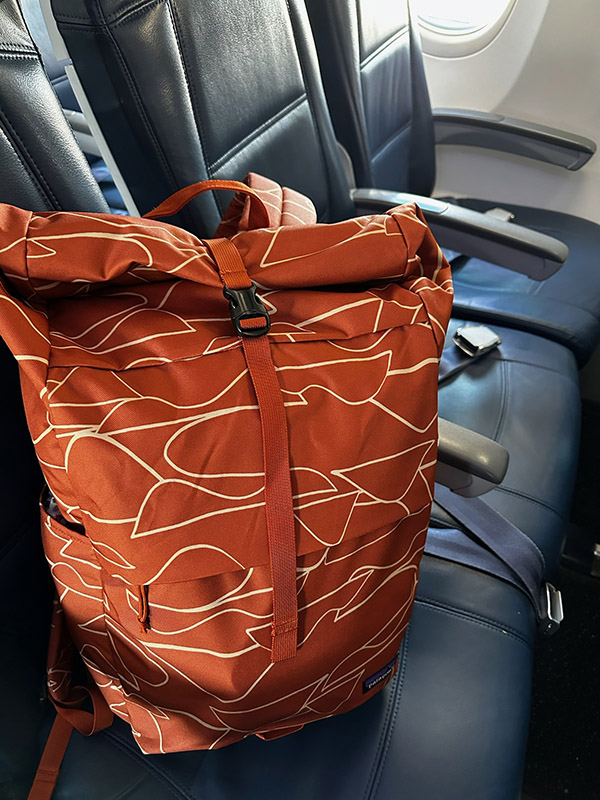
Pack versatile clothing. Choose items that can be mixed and matched to create different outfits. Stick to neutral colors and avoid bulky items that take up much space. I pack only neutrals and then add one or two colorful scarves to add interest to my limited wardrobe.
Use packing cubes. Packing cubes can help you organize your belongings and maximize space in your luggage. They also make it easier to find what you need without unpacking everything.
Limit toiletries. Instead of bringing full-size toiletries, opt for travel-sized items or only the essentials. You can always buy more toiletries at your destination if you run out.
Wear your bulkiest items. If you need bulky items such as a jacket or boots, wear them during travel to free up space in your luggage.
Avoid packing “just in case” items: Avoid packing items you might not need. Be realistic about what you will use during your trip.
Assemble your luggage/backpack several days in advance and critically look at what you can leave behind.
If you are like me and would rather spend your money on experiences instead of expensive airfare, lodging, and overpacking remember to be flexible and open yourself up to the experience of being a local rather than a tourist. Study up on airfare and lodging costs to better locate deals. Most importantly, get out there and travel!
Never miss an ExNotes blog:

